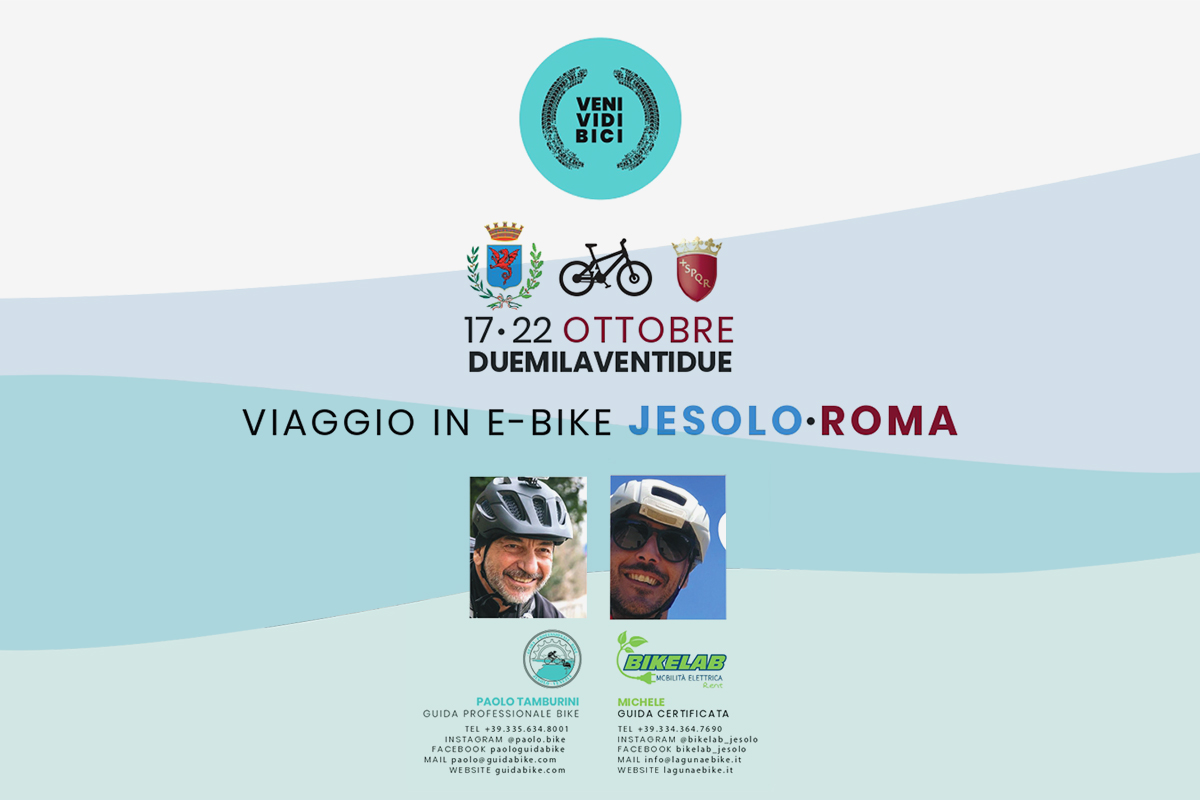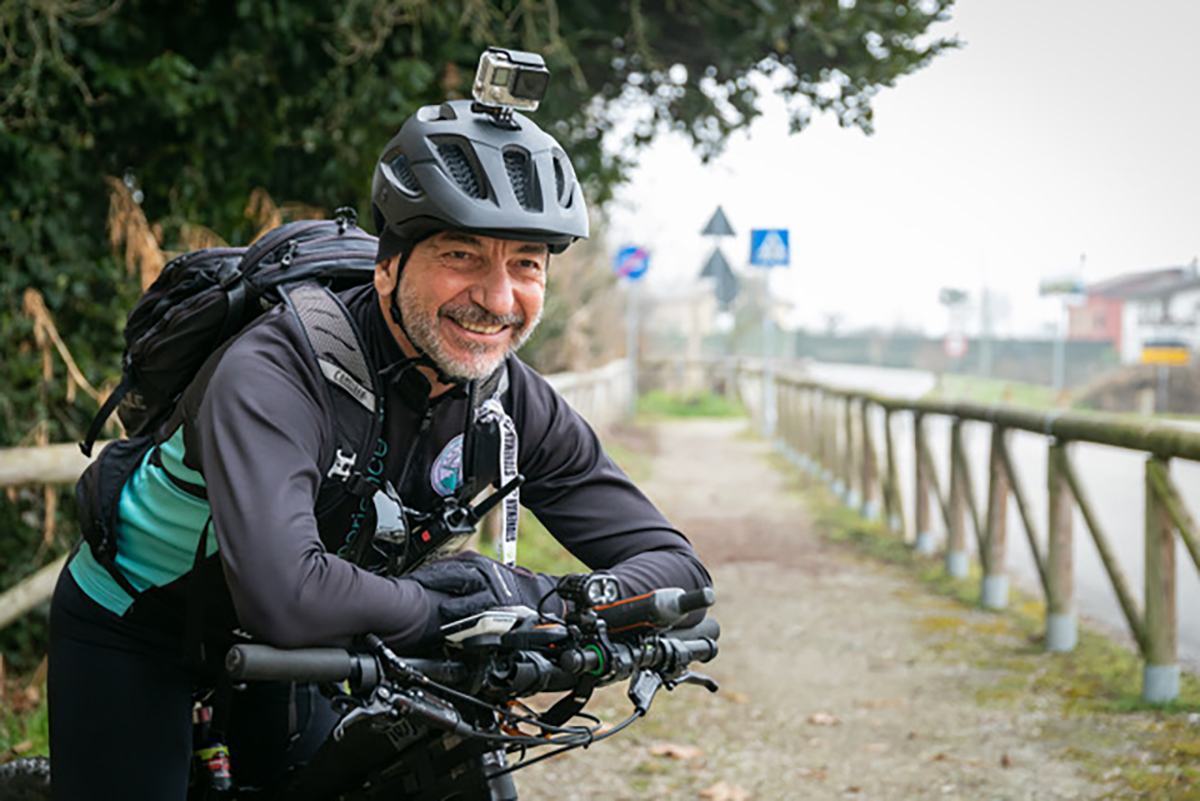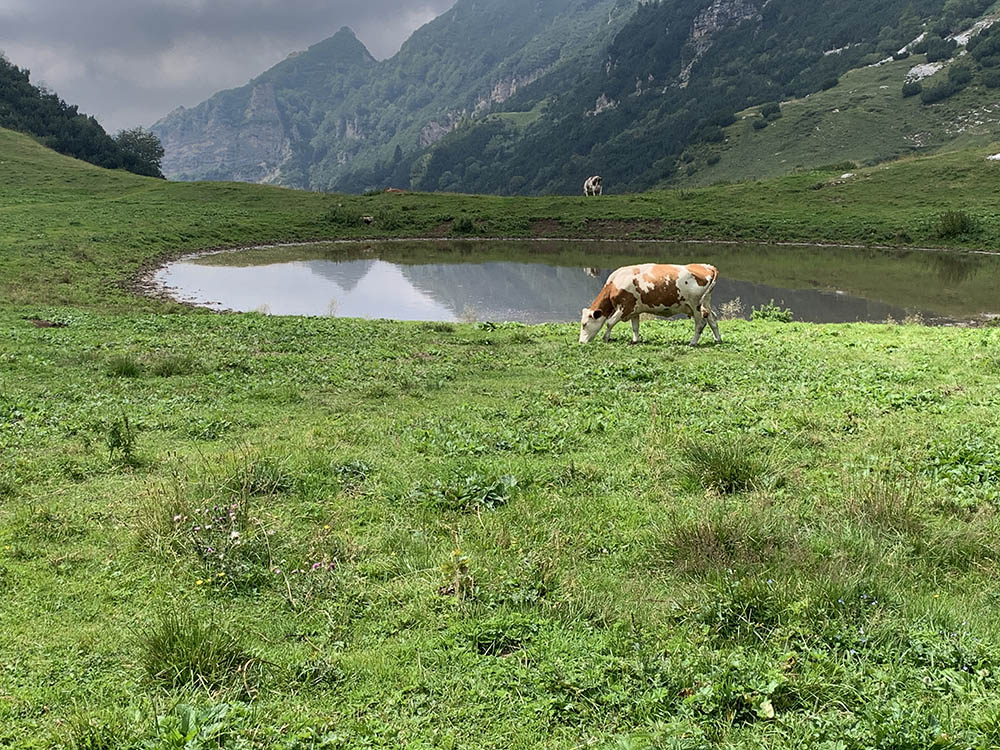
Veneto and its Attracions – June
A unique heritage of art cities and places rich in history
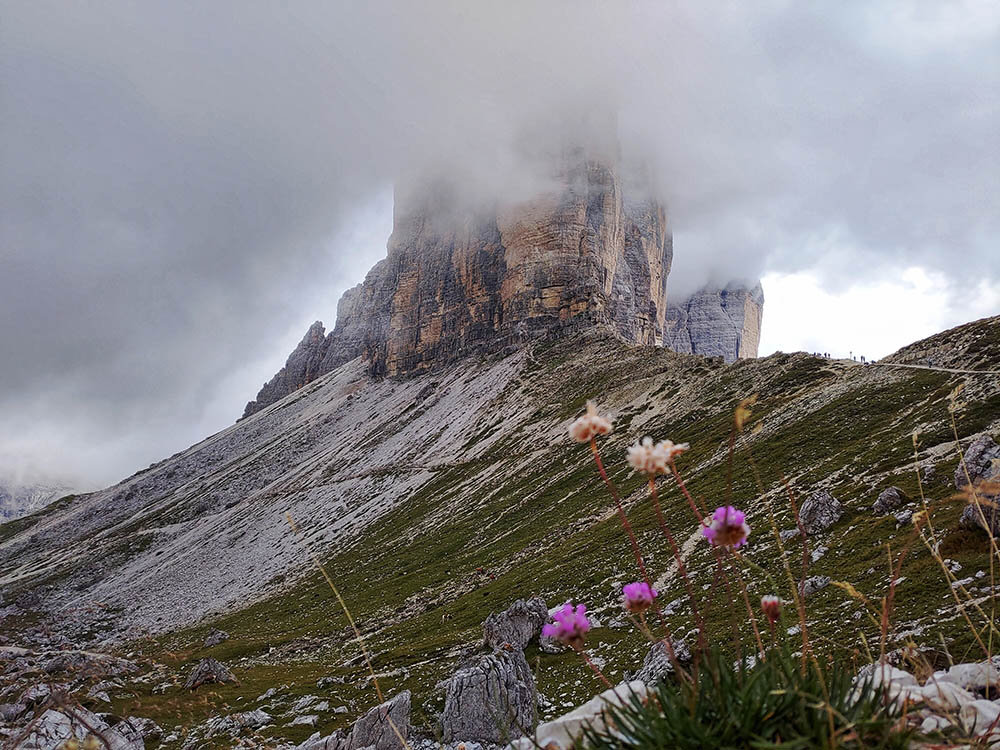
BELLUNO – THE TRE CIME DI LAVAREDO
Included among the UNESCO World Heritage Sites in 2009, the Tre Cime di Lavaredo, stretching on the border between Veneto and Trentino Alto Adige, are the symbol of the Dolomites and are situated inside the Tre Cime Natural Park. The massif is reached every year by numerous mountaineers, who, since the end of the 19th century, have tried to climb the three mountains: Cima Grande, the central one, which reaches a height of 3000 m, Cima Ovest, a little lower, and, eventually, Cima Piccola, about 100 m lower.
This place attracts not only climbing enthusiasts: in fact, there are also many lodges and, above all, panoramic points which allow tourists to admire the breath-taking landscape. Moreover, the Tre Cime had been the final stage of the Giro d’Italia bicycle race for 6 times.
THINGS YOU SHOULD KNOW: Until 1752, the Tre Cime di Lavaredo were entirely included in the territory of Auronzo, then the border was slightly shifted towards Dobbiaco.
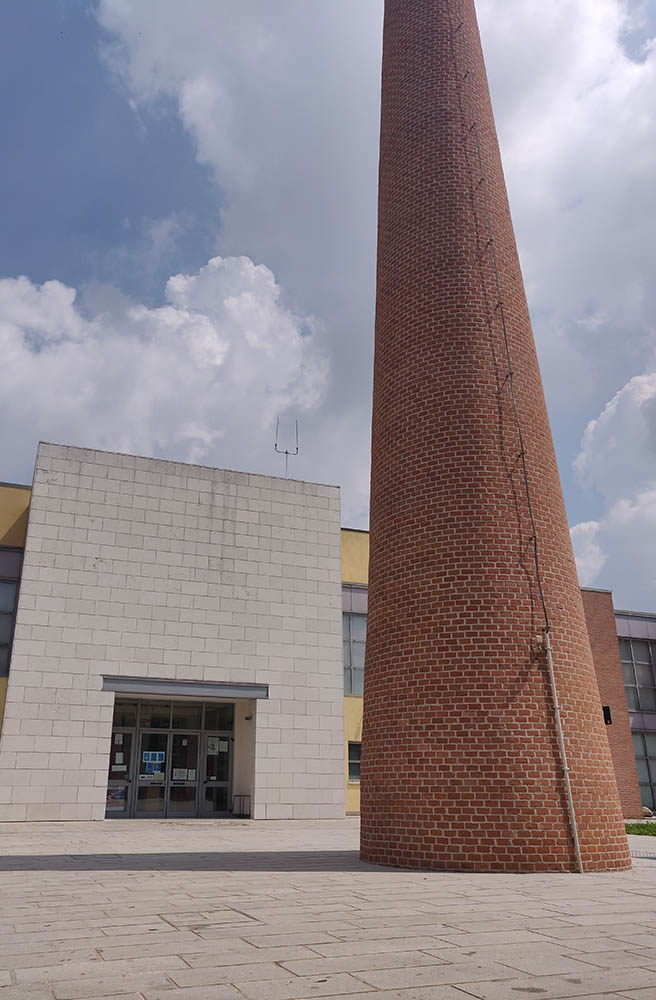
PADOVA – ROMAN CENTURATION MUSEUM OF BORGORICCO
Inaugurated in 1999, the Roman Centuriation Museum situated in Borgoricco at the Aldo Rossi Cultural Center keeps various archaeological finds from the centuriation area to the north-east of Padua. This process, which took place in the 1st century BC. and aimed at the reclamation and defence of the territory, included the subdivision of the territory into lots and is still visible today.
The museum is divided into three sections, the first dedicated to the pre-protohistoric era, the second to the Roman period and the last to the post-ancient era. In particular, the section dedicated to the Roman period is the richest in finds: it is divided, in turn, into four rooms, each dedicated to a particular aspect of the centuriation, such as the economic or household activities.
THINGS YOU SHOULD KNOW: The most recent item in the collection in the museum dates back to 1843: it is a bronze saber that belonged to the armour of non-commissioned officers and soldiers of the Infantry Corps.
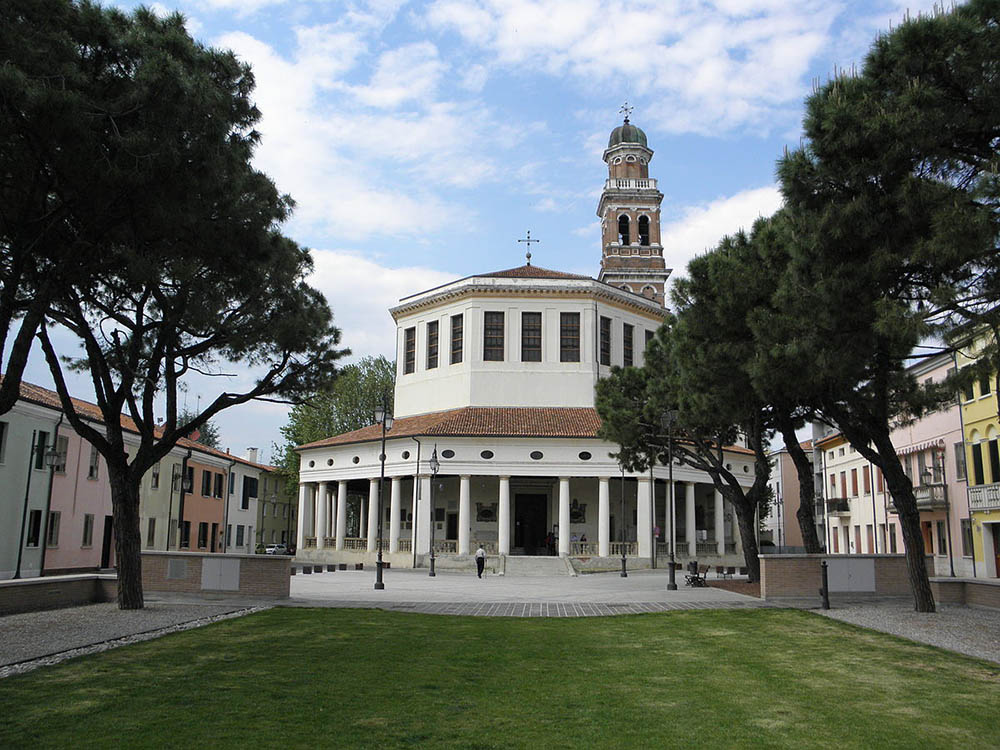
ROVIGO
Being the main city of the homonymous province, the name Rovigo probably derives from the Germanic Hrodico, which in turn comes from the Greek rhodon, i.e. “rose”. This assumption is confirmed by a reference to the roses made by Ludovico Ariosto in his Orlando Furioso. This fact earned Rovigo the nickname of “City of Roses”.
Walking along the streets in the city centre, you can admire the so-called “Rotonda”, the Church of Beata Vergine Del Soccorso, an eight-sided building erected between 1594 and 1613 by Francesco Zamberlan. Outside, the building looks bare and linear, but inside, it is a true gallery of Venetian painting dating back to the 17th century.
THINGS YOU SHOULD KNOW: It is worth mentioning the Accademia dei Concordi, founded in 1580 by Gaspare Campo, which stood out for its remarkable scientific and cultural activities.
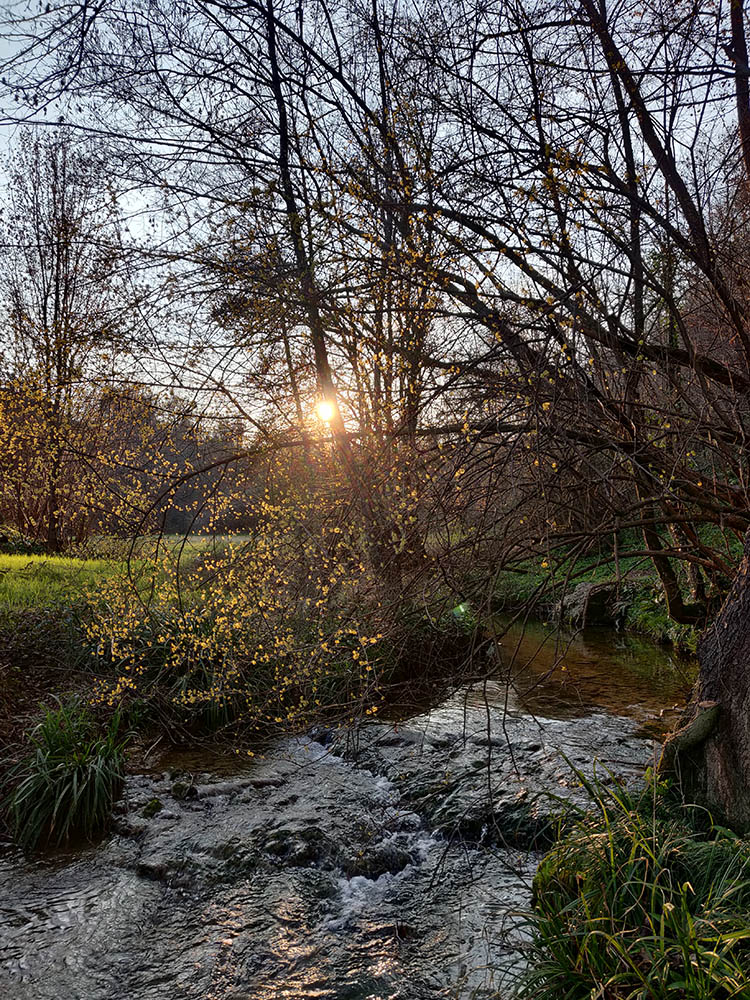
TREVISO – CASTELCUCCO
According to Dante Olivieri, an Italian linguist, the toponym “Castelcucco” derives from the combination of the words “castello” (castle) and “cucco” (highland), with reference to the characteristics of the territory.
The first settlement in the area dates back to the Paleolithic, but the town took its current shape at a later time, in the late Middle Ages. At that time, it was called Castrocucho. After the alternation of the Austrian and Carraresi dominations, the territory was conquered by La Serenissima and then by Napoleon.
One of its main points of interest is the archpriest church: it hosts numerous frescoes – including one depicting Saint George, patron saint of the town – and a pipe organ dating back to 1942.
THINGS YOU SHOULD KNOW: Every year, between July and August, various events are organized in Castelcucco, such as the Beer Festival and events dedicated to the Alpini and the hunters.

VERONA – LESSINIA
Lessinia is a geographical area of the Venetian Pre-Alps which includes the Veronese, Vicentine and Gardesane Prealps. It has been inhabited since ancient times: the first fortified settlements, called castellieri, date back to the beginning of the second millennium BC. and some ruins are still visible.
Closed to the north by Gruppo del Carega, to the east by Val Leogra, to the south by the Adige river, and to the west by Val Lagarina, Lessinia is an area on its own within the Prealps. It is characterized by many springs and streams, also as a result of the karst system. The area is also renown for several museums, such as the one dedicated to fossils in Bolca.
THINGS YOU SHOULD KNOW: From a naturalistic and tourist point of view, it is worth mentioning Ponte di Veja, in Sant’Anna di Alfaedo: a natural stone arch with a length of about 40 m and a height of 20 m.
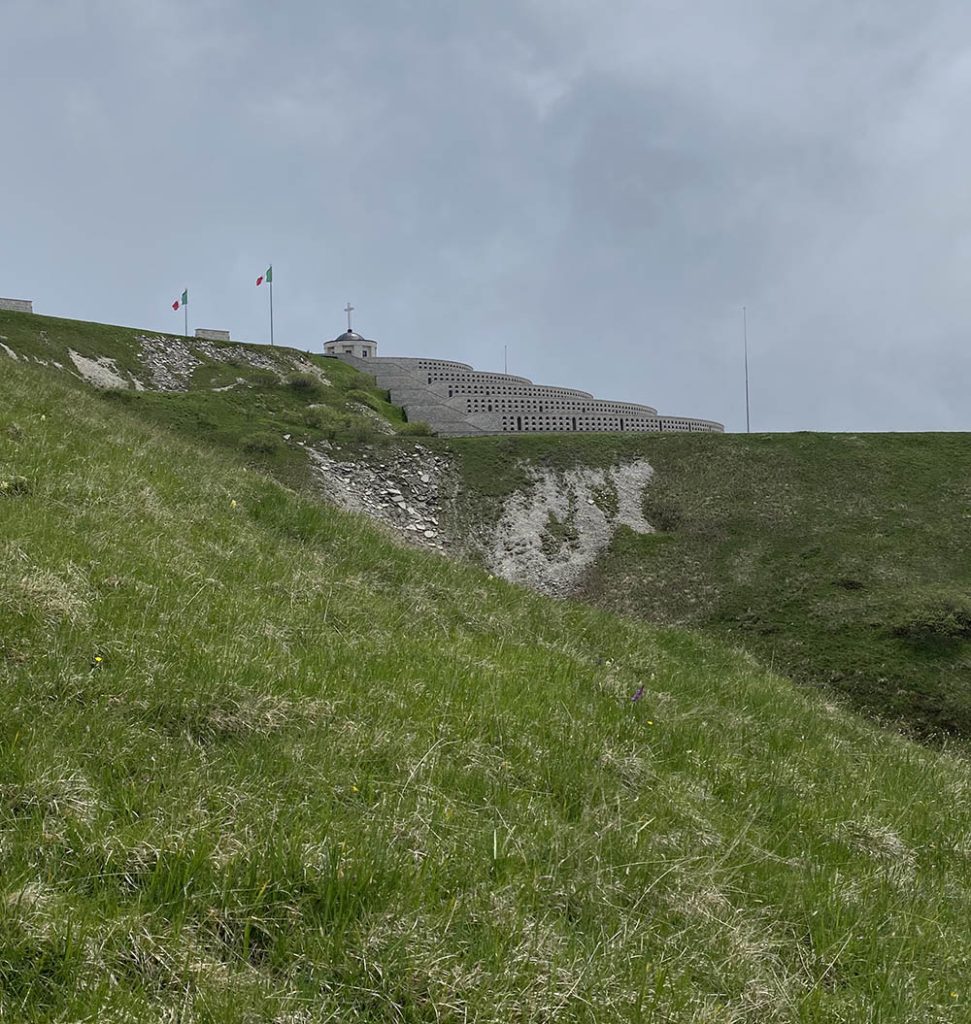
VICENZA – MOUNT GRAPPA
Mount Grappa is a mountain of the Venetian Prealps in Veneto; it is famous for a war memorial that stands on its highest peak. Inaugurated in 1935, the memorial keeps the bodies of over ten thousand soldiers who died during the First World War; it is made up of five layered concentric circles to form a pyramid and, on its top, there is the “Madonnina del Grappa” chapel.
The position of the mountain close to the plain is the main reason for the huge variety of its flora: the typical trees are silver fir, spruce and beech. Ad regards the local fauna, the most common species are roe deer and chamois, peregrine falcon, fox and various species of dragonflies.
THINGS YOU SHOULD KNOW: Climbing up the mountain, you’ll see some hollows in the ground covered with grass: they are the holes left by the grenades thrown by the Austrian soldiers during the First World War.



